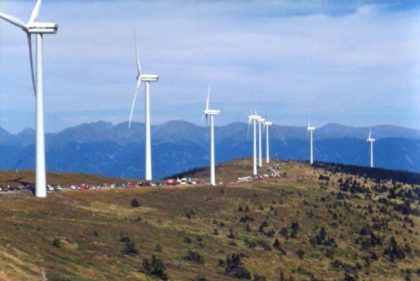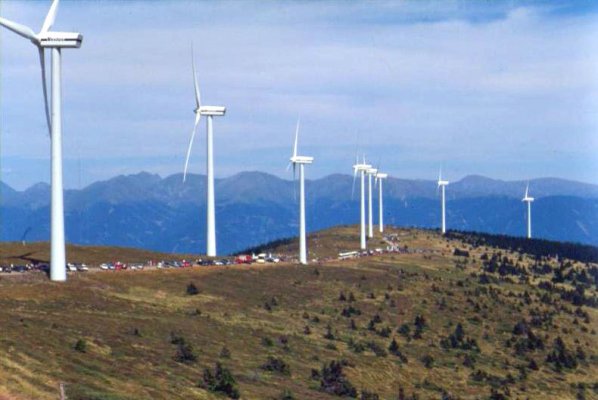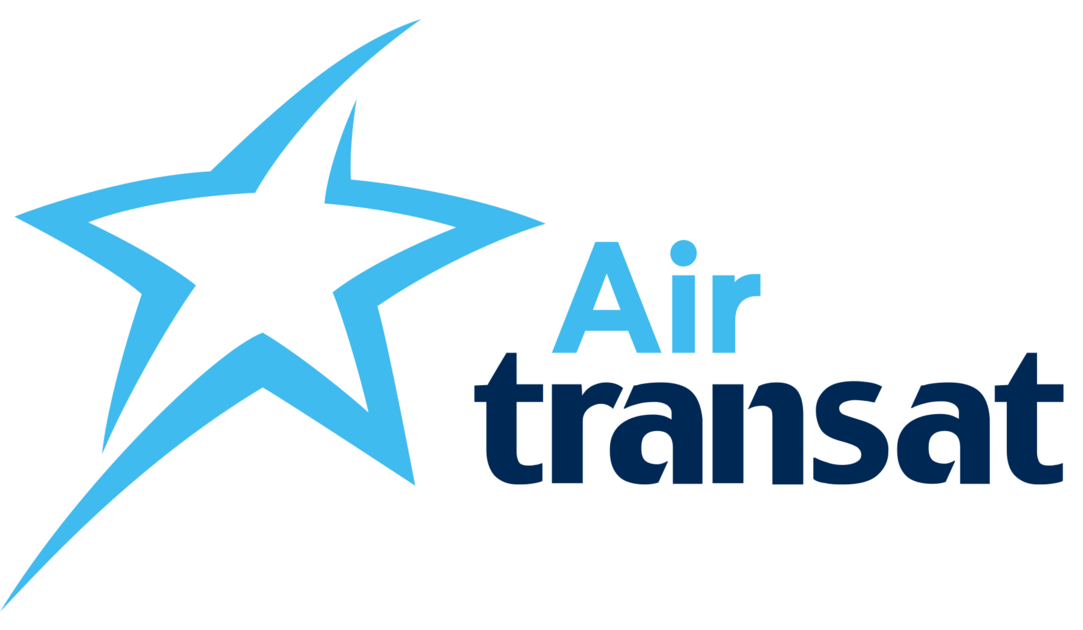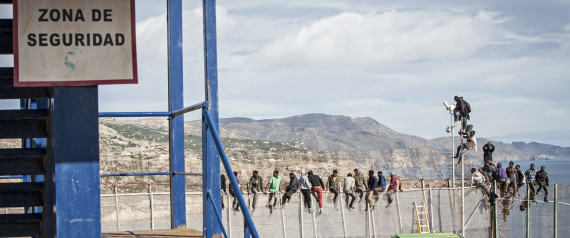 Morocco’s Khalladi wind power plant, built in the North of the Kingdom, has started producing its first electricity, which it injected into the local power grid.
Morocco’s Khalladi wind power plant, built in the North of the Kingdom, has started producing its first electricity, which it injected into the local power grid.
The wind farm, developed by ACWA Power in collaboration with ARIF investment fund, is the first private renewable energy project in the country. It has been developed under a renewable energy law that allows private producers to sell electricity directly to clients connected to the high voltage and medium voltage grid, mainly industrial companies.
Morocco, which seeks to reduce its dependence on energy imports, wants to develop 2,000 MW of wind capacity by 2020. The renewable energy produced is expected to reduce greenhouse gas emissions of over 200,000 tons of CO2 per year.
Morocco aims to produce 42 pc of its electricity needs from renewable energy sources by 2020. In recent years, the authorities have accelerated the development of large-scale wind farms across the kingdom by increasing the focus on private investment.
The early developments of wind farms in the North African Kingdom date back to the year 2000, when a first 50-MW plant was completed in Koudia El Baida near Tangiers by Compagnie Éolienne du Détroit under a license agreement with the National Office of Electricity and Potable Water (Office National de l’ Electricité et de l’Eau Potable, ONEE).
This first step has been followed by the completion of two additional plants by ONEE in Essaouira (60 MW) and Tangiers (140 MW) in the 2000s – and a first private deal between Spanish company Gamesa and the cement company Lafarge in 2005 to equip its plant in Tetouan with 37-MW windmills.
But, Morocco’s wind market really took off following the implementation of Law No. 13-09, which paved the way for the liberalization of high-voltage power generation. Since then, Moroccan company Nareva has risen rapidly to become the major player in the development of private wind energy projects. Its three wind farms at Akhfennir, Foum El Ouad and Houama have a combined capacity of 200 MW, with energy distributed via power purchase agreements (PPAs) with major companies, including Lafarge Maroc, Sonasid, OCP and Managem.



